[Big read] Modi is cruising towards re-election but is India’s growth sustainable?

“Achhe din aane waale hain [Good days are coming].”
Narendra Modi, who was elected India’s prime minister in 2014, had made this promise to the people during his election campaign.
A decade later, the country’s railroads, roads, airports and other infrastructure have dramatically improved; most remote villages have electricity and access to potable water and toilets, much to the delight of the Indian population.
India’s global economic standing has also jumped four notches during Modi’s ten years in office, overtaking the UK, France, Italy and Brazil. Its GDP reached US$3.7 trillion in 2023, making it the fifth largest economy in the world.
According to latest International Monetary Fund estimates, India’s nominal GDP will likely total US$4.3398 trillion in 2025, surpassing Japan’s US$4.3103 trillion, to become the world’s fourth largest economy a year earlier than previous projections.
“The biggest challenge that India faces internally is creating the right conditions to take advantage of its so-called demographic dividend, especially improving the education system and generating jobs for its young people.” — Professor Ian Hall, School of Government and International Relations, Griffith University
Several analysts predict that India could become the world’s third largest economy after the US and China by 2027.
Over 80% of India’s unemployed are youths
However, interviewed academics pointed out that India faces several challenges at home and abroad that must be addressed before it can be elevated to a developed country.
Ian Hall, a professor of international relations at Griffith University, told Lianhe Zaobao, “The biggest challenge that India faces internally is creating the right conditions to take advantage of its so-called demographic dividend, especially improving the education system and generating jobs for its young people. If it can’t do that, it may continue to grow at a fair pace of 6-8% a year, but the social consequences will be serious.”
India’s unemployment rate remains high, with the International Labour Organization citing in its report this year that nearly 83% of the country’s unemployed workforce are youth. Meanwhile, the India Skill Report 2023 found that only half of its youths were employable.
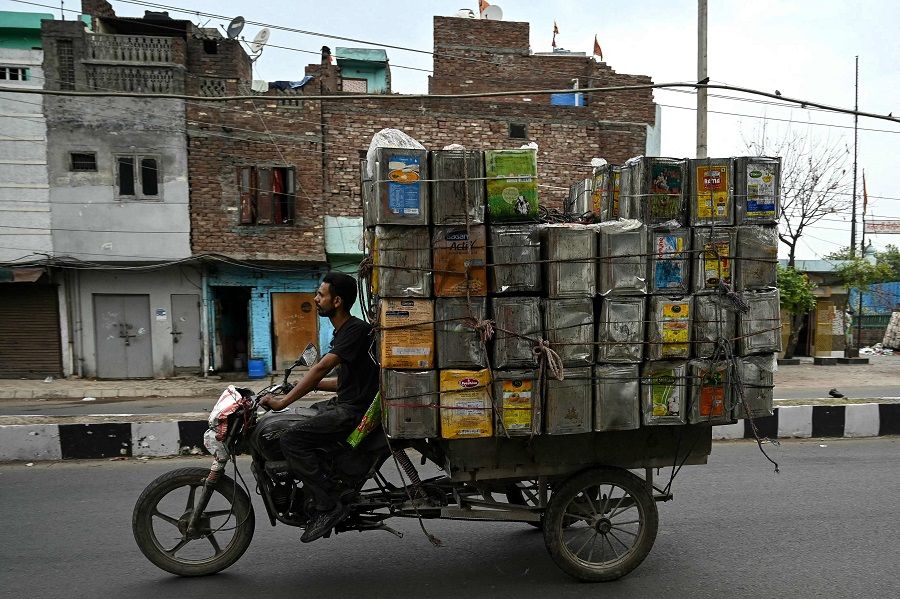
Iqbal Singh Sevea, an associate professor and the director of the Institute of South Asian Studies (ISAS) at the National University of Singapore (NUS), told Lianhe Zaobao that to ensure that its young population is a demographic dividend rather than a challenge, India will need to create jobs, but not just low-skilled and manual labour ones. This is because a world that will be increasingly employing digital technology, robots and artificial intelligence needs workers who have a new skills set.
He said, “It is estimated that India will need to create 140 million new jobs by 2030. To achieve this, India needs to invest extensively in infrastructure, education and skills training. It also needs to intensify its efforts to expand India’s manufacturing sector.”
The World Bank classifies countries with a per capita income of over US$20,000 as a high-income country; yet, India’s per capita income in 2023 was only around US$2,500.
10% of population holds 77% of national wealth
Currently, India’s richest 10% controls a whopping 77% of the total national wealth. The World Inequality Database found in a study released in March that while the number of billionaires in India nearly tripled in the past decade, the incomes of most Indians were stagnant; the median income is a mere US$1,265 a year, and 90% of the country makes less than US$3,900. This means that it would be difficult to drive quicker economic growth with domestic consumption by India’s massive population.
The Modi-led Bharatiya Janata Party (BJP) aims to make India a developed country by 2047, the country’s 100th year of independence. The World Bank classifies countries with a per capita income of over US$20,000 as a high-income country; yet, India’s per capita income in 2023 was only around US$2,500.
Wu Lin, a research fellow at China Foreign Affairs University’s Institute of Asian Studies, told Lianhe Zaobao, “It would be a challenge to increase India’s per capita income by eight times in 23 years.”
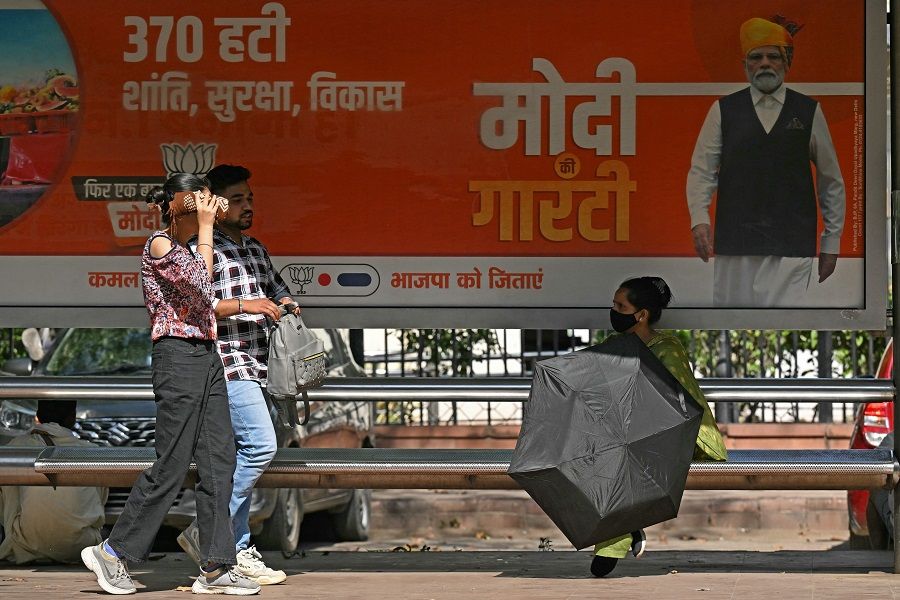
In the 23 years between 2000 and 2023, India’s per capita income only increased five folds.
Wu said, “At present, India not only needs to expand foreign investment and earn dividends from the restructuring of the global supply chain, but also more importantly address structural issues such as poor governance capacity, weak manufacturing base, as well as its business environment, employment and women’s empowerment. If these key issues are politicised by the BJP government, it is highly likely that there will not be any long-term fundamental improvements, which would restrict India’s sustainable development.”
Key to getting on par with China’s manufacturing sector
India’s economy is still dwarfed by the US$17.8 trillion Chinese economy. Economists believe that India needs to improve on several fronts before it can catch up with or even surpass China.
An analysis published in The Wall Street Journal in December 2023 pointed out that India’s ability to become a manufacturing hub rivalling China depends on how quickly it can build out the infrastructure it needs.
The Modi administration is clearly aware of this as well. Since Modi took office, India added nearly 55,000 kilometres to the national highway network, a 60% increase in the overall length.
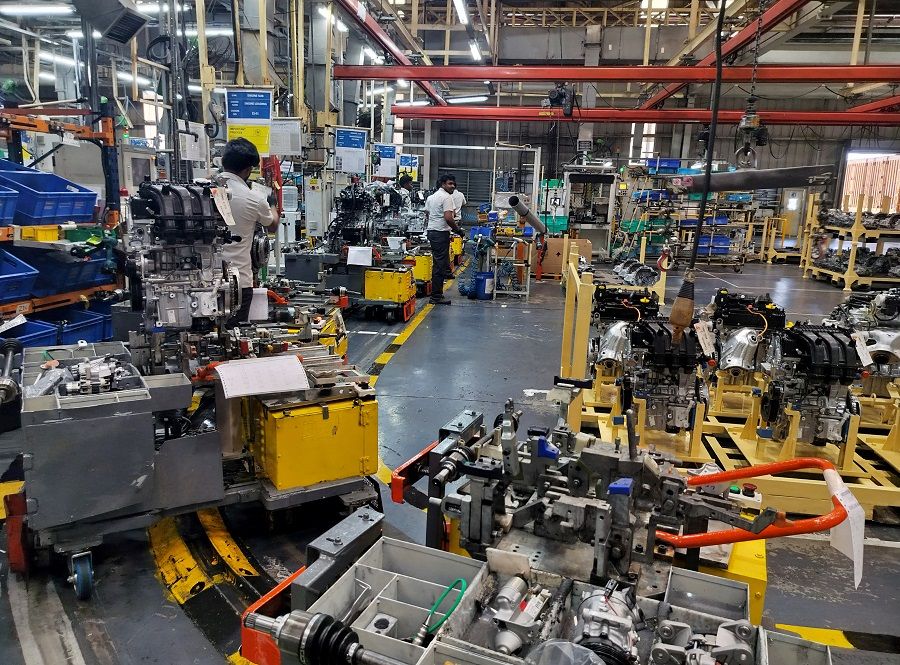
The Indian government’s allocation to infrastructure has more than tripled from five years ago to over 11 trillion rupees (US$132 billion) for the 2025 fiscal year. If he wins another five-year term, Modi is expected to invest 143 trillion rupees to improve crucial infrastructure such as rails, roads, ports and waterways in the six years through 2030.
India is also catching up in terms of digital infrastructure. India has 881.25 million internet subscribers — the second highest in the world after China’s 1.05 billion users. The general public is also able to use a smartphone to pay for their day-to-day expenses.
However, foreign direct investment inflows into India declined 27% to US$28 billion last year.
In addition to infrastructure development for the ease of doing business, Modi also implemented measures such as tax rebates and capital support, which have attracted foreign companies, including Apple and Samsung, to set up factories in India. However, foreign direct investment inflows into India declined 27% to US$28 billion last year.
Ritesh Kumar Singh, chief executive and chief economist of Indonomics Consulting Private Limited in India, told Voice of America (VOA), “There are growing uncertainties in the Indian authorities’ market regulations, and this, coupled with the relatively small domestic market size, have led foreign investors to be hesitant towards India. Exports might be of some help, but the relatively strong rupee has made India less attractive as a sourcing hub.”
In fact, India not only has to contend with competition from China, it could also face competition from the US as well as emerging markets that share closer ties with the US.
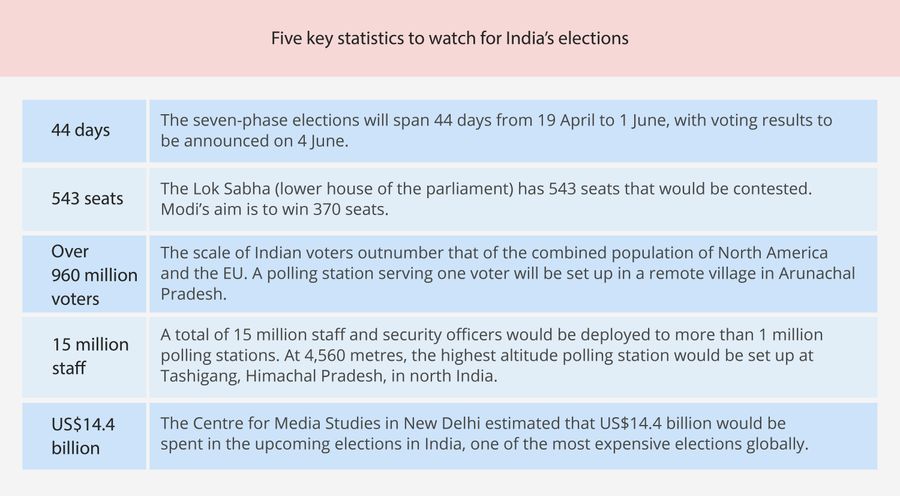
Sanjeev Prasad, managing director and co-head at Kotak Securities, stressed in an interview with VOA, “The US market is so huge, and it is trying hard to get manufacturing to come back; why would big international companies come to India? This is where the challenge lies.”
Modi’s push for Hindu nationalism a concern?
Modi, a grassroots leader, has in the past decade strongly pushed for Hindu nationalist policies, which is a double-edged sword for India’s domestic politics and societal development. A study by the Pew Research Center in early 2020 showed that 64% of Hindus felt that it is very important to be Hindu to be “truly Indian”.
Ravi Agrawal, the editor-in-chief of Foreign Policy magazine, pointed out in an article published in April that the Modi administration defined nationhood through Hinduism, which led to a rise in pride and national identity for India’s Hindu majority, and is also in line with the expectations of many Indian youths.
“Modi 3.0” would continue and perhaps even step up on its Hindu nationalism, as a means of unifying the people and to demonstrate its international identity. — Wu Lin, Research Fellow, Institute of Asian Studies, China Foreign Affairs University
Griffith University’s Hall told Lianhe Zaobao, “The Modi government has pursued a more vigorous Hindu nationalist agenda since it was re-elected in 2019 — for example, ending the special autonomous status of Kashmir and building the Ram Mandir at the disputed site of Ayodhya. This election in 2024 will be a test of the popularity of that agenda.”
Hall felt that if Modi’s BJP wins big in the upcoming election, the government will push harder on core Hindu nationalist demands. “But if it doesn’t, it is possible that they will hold back, and favour a more moderate agenda,” he added.
However, China Foreign Affairs University’s Wu opined that “Modi 3.0” would continue and perhaps even step up on its Hindu nationalism, as a means of unifying the people and to demonstrate its international identity.
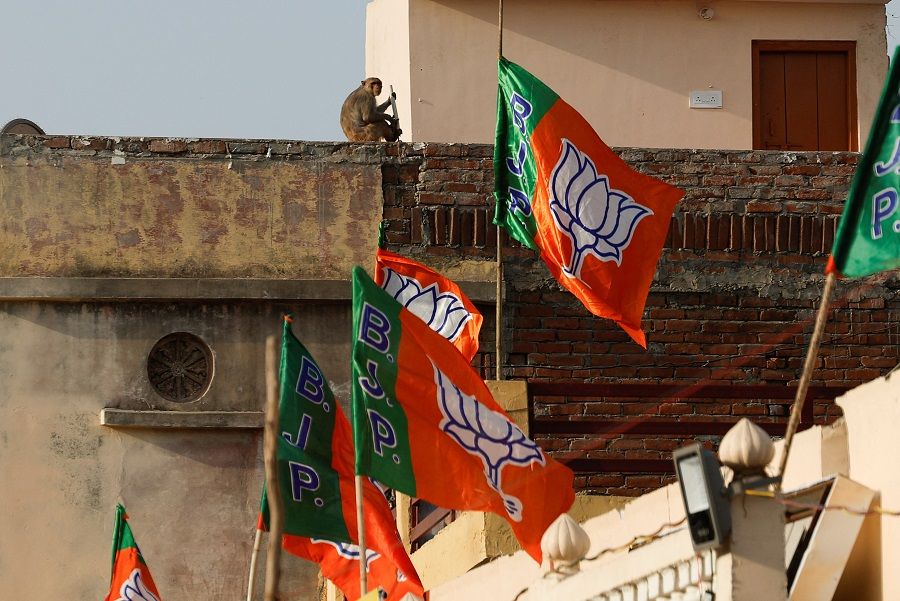
She pointed, “Against the backdrop of a return to majoritarianism as well as geopolitical competition, there exists a foundation and conditions for such a policy. India under a leadership of strongman politics could create more accomplishments that its people can be proud of. However, the complex relationship between religion and politics could also bring about security risks for the already heavily contentious areas around India. How India shapes its regional leadership on a legal basis will face considerable challenges.”
P S Suryanarayana, an adjunct senior fellow at Nanyang Technological University (NTU)’s S Rajaratnam School of International Studies in Singapore (RSIS), told Lianhe Zaobao, “India’s ‘Hindu nationalism’ is widely seen in the country as its civilisational rejuvenation — not as religious extremism.”
“Much like China, India has resorted to an ‘assertive’ foreign policy to gain a ‘rightful’ place on the world stage.” — P S Suryanarayana, Adjunct Senior Fellow, RSIS, NTU
Nationalisation of foreign policy could bring risks
Such nationalism has seeped into various decision-making areas in India, including foreign policy. Suryanarayana felt that India is similar to China in its desire to achieve a rejuvenation of the Chinese nation, adding, “Much like China, India has resorted to an ‘assertive’ foreign policy to gain a ‘rightful’ place on the world stage.”
However, assistant professor of international relations at the London School of Economics and Political Science Rohan Mukherjee pointed out in an article carried by Foreign Affairs in April that if India allows its foreign policy to be affected by nationalism, it could give rise to self-defeating risks.
He added that the incident in 2023 of an assassination of a Sikh in Canada, which ignited a diplomatic storm between Canada and India, is a sign of how the tables could turn on Indian nationalist foreign policy.
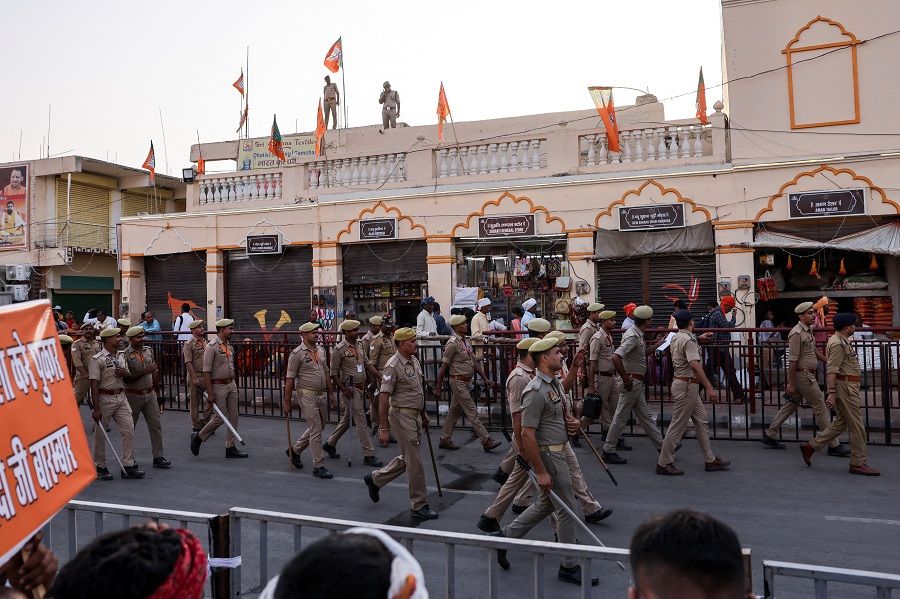
“National pride may know no bounds, but foreign policy must operate in a highly constrained environment. India’s political leadership will therefore have to work carefully to ensure that its nationalist diplomacy does not undermine national objectives,” Mukherjee added.
India’s desire to stake claim in multipolar world
A Modi-led India has been increasingly active on the international stage, deepening strategic partnerships with the US as well as other Western countries, while also being more active in interacting with the global south. India is working hard to carve out its own positioning in the global stage, hoping to stake its claim in a multipolar world.
But with the worsening global situation, it remains to be seen if Modi’s strategy can truly help India achieve its goals.
So far, India has been leveraging existing international platforms — such as the G20 and the Non-Aligned Movement — to promote its own strength. Some analysts thus believe that this is evidence that India does not seek to overturn the current Western-led world order.
But this does not mean that Modi is satisfied to simply play the role of a bridge between the global south and the developed nations. NTU’s Suryanarayana noted, “In tune with ‘the trend of the times’, India wants a significant say in all matters of global governance as part of any new world order. Yes, India is trying to be a bridge between the global south and the West. But India’s vision is to become a leading power in shaping a new world order.”
China Foreign Affairs University’s Wu likewise opined that India is intent on being a leading major nation, and not just a balancing big nation. This could be seen in India’s desire to become a permanent member of the United Nations Security Council — to become a well-deserved member of the big nations club, a leader of the global south, and a Vishwaguru (a Sanskrit term for world guru or teacher) through its soft power.
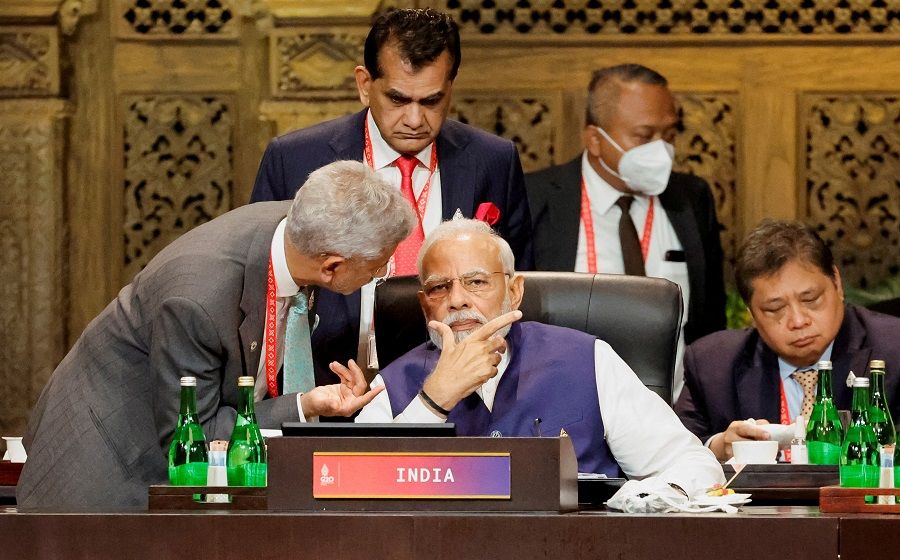
Indeed, India possesses the conditions to wield influence in certain areas. NUS’s Sevea commented, “While it is clear that India is not in a position to rival the loans that China has provided internationally, India is well placed to assist [other countries] in specific realms such as digital connectivity and pharmaceuticals. These are sectors in which India has significant comparative advantage.”
“...it sees this re-engagement as a way to bring about a more multipolar and balanced international order, but it may not succeed in getting all of what it wants.” — Hall
Modi has long advocated a policy of strategic independence, not choosing sides and basing diplomatic work on the advancement of India’s national interests. As it deepens relations with the US, it is also cautiously maintaining friendly relations with Russia. But with the current unstable global geopolitical situation, as well as the deepening animosity between rival countries, challenges to such a strategy are increasing.
Hall opined that India lacks the economic and military strength to defend all of its interests. He said, “I think India will continue to walk a fine line between being assertive in some areas and conciliatory in others.” He noted that India did try to connect again with the global south, “because it sees this re-engagement as a way to bring about a more multipolar and balanced international order, but it may not succeed in getting all of what it wants”.
In the eyes of some academics, the diplomatic stance of maintaining friendly relations with all countries is merely a stop-gap measure. If it is unable to build deeper relations with other countries, India’s current position of being wooed by all sides could be a fleeting one.
Sumit Ganguly, distinguished professor of political science at Indiana University Bloomington in the US, told Nikkei Asia, “If you don’t build durable ties with other countries based upon values, based upon principles, based upon shared beliefs, when push comes to shove, these people are not going to be your friends.”
This article was first published in Lianhe Zaobao as “莫迪料三连任 南亚巨人国际争雄 内忧外患挑战重重”.

